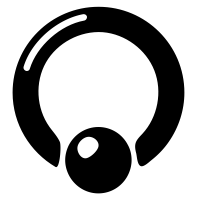Contents
Tengu Tattoos and the Story of a Boy Who Claimed to Be Abducted by One
These traditional Japanese tattoos feature one of the most nefarious tricksters in Buddhist and Shinto folklore.
Known for sabotaging human affairs and their clandestine agenda to steer Buddhists off the path to enlightenment, Tengu are by far the most diabolical mythological figures found in traditional Japanese tattoos. They are thought of as both deities and demons, and placing their divine stature aside, they’re almost always up to no good. They’ve become so notorious for their mischievous ways that almost any misfortune, inconsequential or catastrophic, can be attributed to them.


Like most other yokai, tengu originate from ancient Chinese legends. They take their name from the creature known as a tiangou — “celestial dog” — but as you’ve probably already noticed, the tengu doesn’t resemble a dog at all. How exactly the figure underwent this drastic transformation is still debated among art historians. Though no one is quite sure how it happened, what is for certain is that as soon as tengu showed up in Japanese folklore, they were bird-like and known as karasutengu, karasu meaning “crow.” Their metamorphosis didn’t stop there; over the course of the last 500 years or so, they took on a human form, too — daitengu, aka “great tengu” — their beaks becoming long, phallic noses.
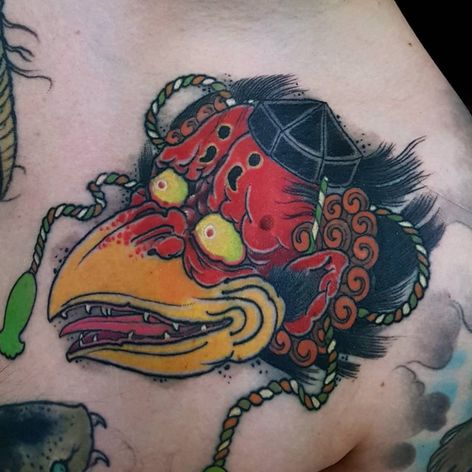
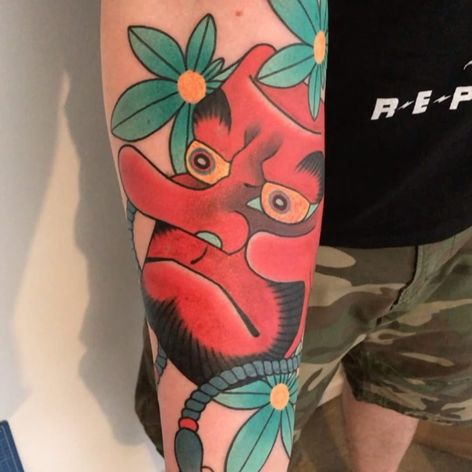
All legends about tengu are intriguing, but the most fascinating story about them comes from real life. During the Edo period, when tengu rose to prominence in ukiyo-e and Irezumi, a boy named Torakichi claimed to have been abducted by one of them. He went missing for weeks, and then mysteriously showed back up in his mountain village. His tall tale about being kidnapped by a tengu became the subject of so much intrigue that a scholar, Hirata Atsutane, came to interrogate him about the experience. Hirata published the account of his time with Torakichi in 1822. The text contains transcripts of their conversations, in which the child describes events like the demon teaching him to fly and playing with a dragon.
Need help finding a tattoo artist for your idea?
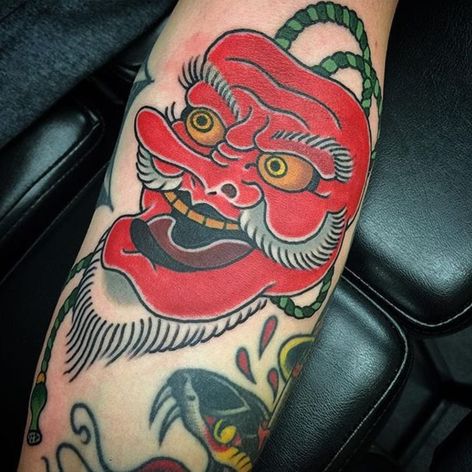
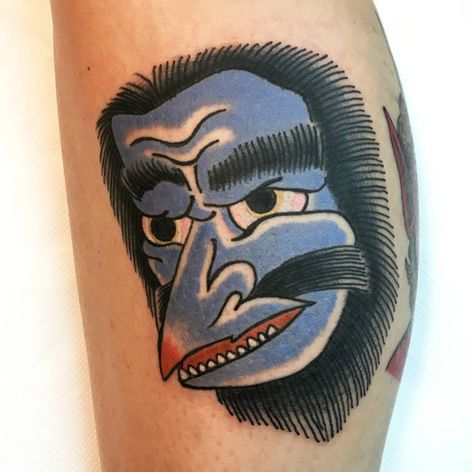
Both karasutengu and daitengu are still commonly depicted in traditional Japanese tattoos. Beaked or Pinocchio-nosed, one of their most popular incarnations is the form of a mask, but they also pop up in full-body depictions. Regardless of their many guises, tattoos of a tengu tend to accentuate their maniacal nature by giving them deranged and contorted expressions. If these examples of tengu aren’t enough to make you believe the tricksters exist, maybe what Torakichi had to say to Hirata will: “Your theory is flawed because it’s based on information you found in a book. I don’t know about books; I speak from seeing it up close.”

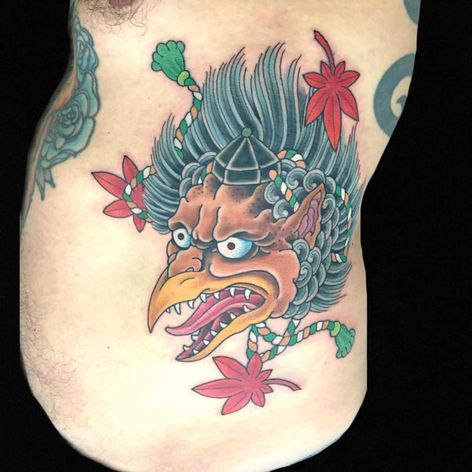
To see more traditional Japanese body art, perhaps even a few more of the mischievous yokai, make sure to follow all of these artists on Instagram. Should you want a tattoo of a tengu for yourself, have one of them design it.
You’ve just experience Indomitable, our series where we explore the history and symbolism of Irezumi motifs. We hope you enjoyed learning about these demons from Japanese folklore. If you want to discover more about the art form, check out some of our previous articles on baku, cherry blossoms, foo dogs, kirins, the Nue, phoenixes, severed heads, and tofu boys.
